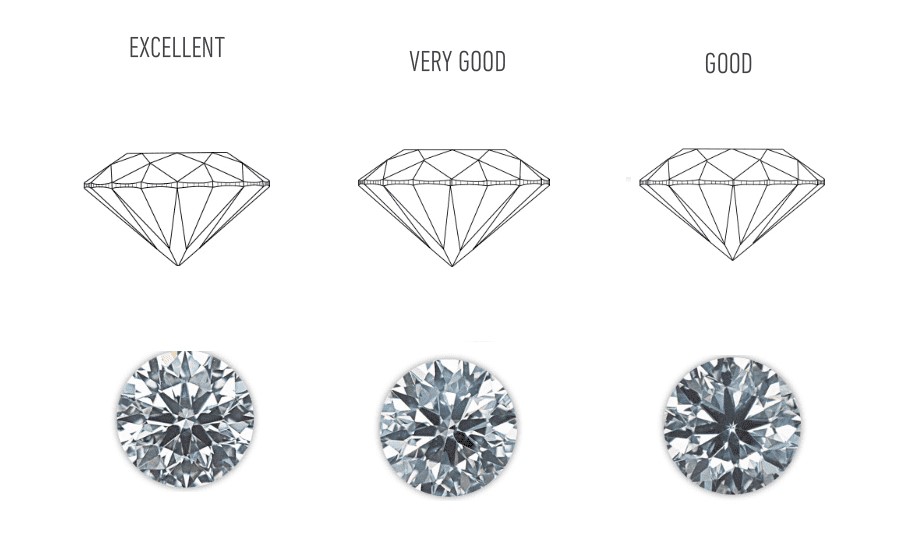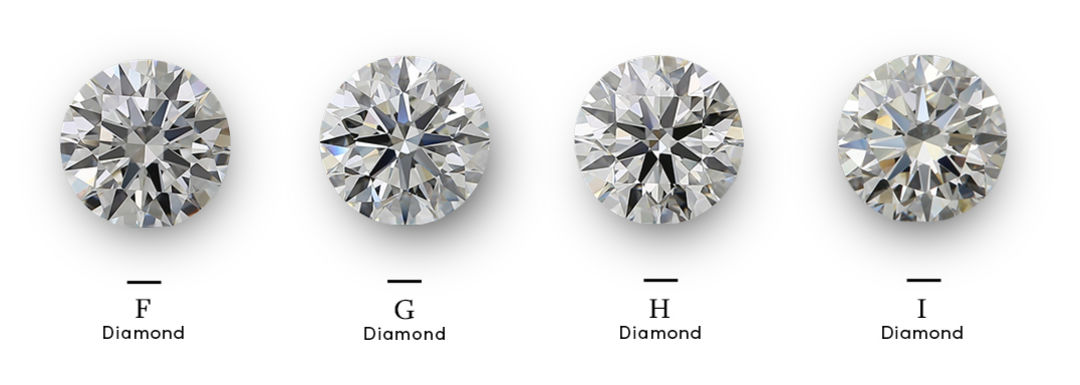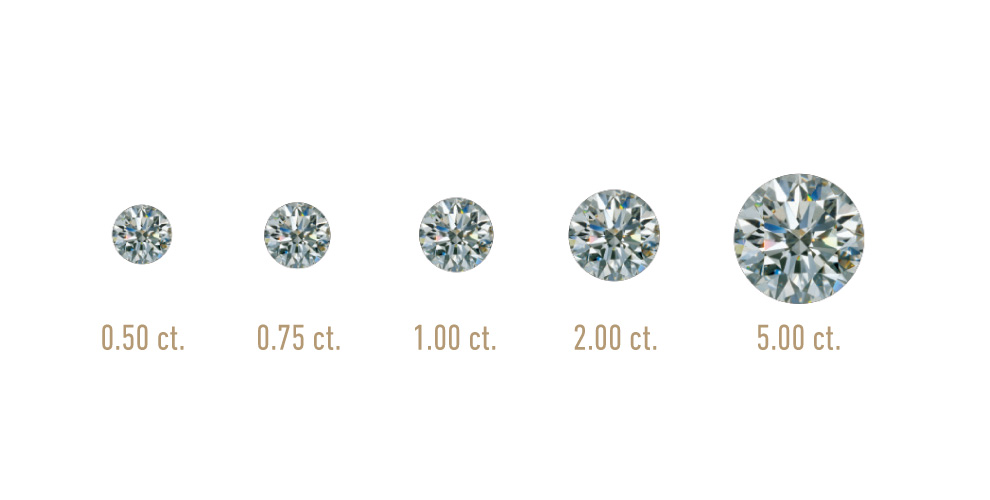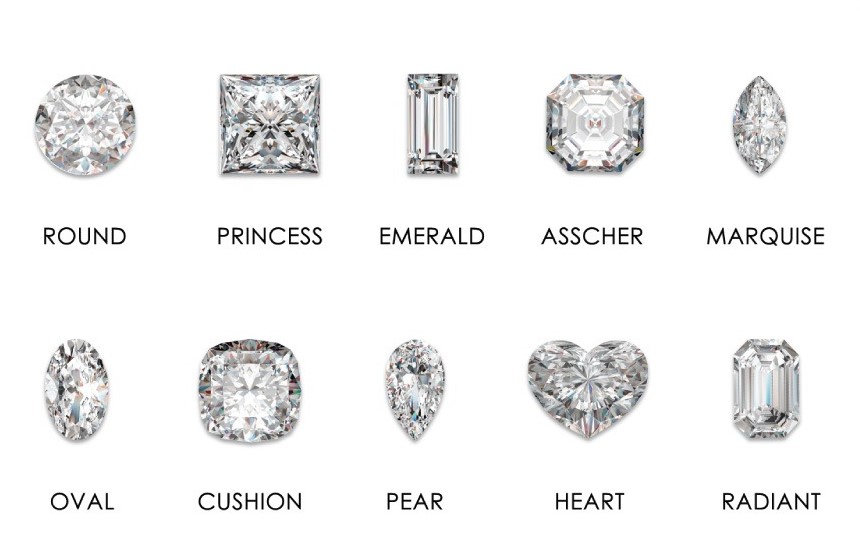Diamond education is the understanding of the 4 C's of diamonds (color, cut, carat,
clarity) and the factors that impact
diamond quality and price.

Diamond cut doesn’t refer to the shape of the diamond (round, princess, cushion, etc.) but rather the polish, symmetry, and proportioning of the diamond. The diamond’s polish refers to the smoothness of its facets.A diamond cut is a style or design guide used when shaping a diamond for polishing such as the brilliant cut. Cut does not refer to shape (pear, oval), but the symmetry, proportioning and polish of a diamond. The cut of a diamond greatly affects a diamond's brilliance — a poorly-cut diamond is less luminous.

The Color of a diamond actually refers to the lack of color in a diamond, with perfectly colorless diamonds considered the highest quality with the highest value, and brown or yellow diamonds being the lowest quality.The most highly valued diamonds have no color. Thus, the more color a stone has (yellow or brown), the lower the grade. Yellow or brown diamonds that make it past the Z grade, however, instantly go up in price. Such diamonds have enough color to be considered "fancy," along with pink, green, and blue diamonds.

Diamond clarity is a measure of the purity and rarity of the stone, graded by the visibility of these characteristics under 10-power magnification. A stone is graded as flawless if, under 10-power magnification, no inclusions (internal flaws) and no blemishes (external imperfections) are visible.Diamond clarity is the assessment of small imperfections on the surface and within the stone. Surface flaws are called blemishes, while internal defects are known as inclusions. In most cases, a diamond’s beauty is not affected by these in any way since most inclusions can’t be seen with the naked eye.

The term 'carat' (commonly abbreviated to just 'ct') refers to the weight of a diamond, although it is often (incorrectly) used to describe the size of a diamond. The definition of a carat has changed over time, but since 1913 the international standard has been 200 milligrams, or one-fifth of a gram.Carat weight can appear differently across different diamond shapes such as round brilliant, princess, pear, oval, cushion, marquise, emerald, radiant or heart. A diamond may have a higher carat weight without appearing larger and two diamonds of the same carat weight can vary in size if one is cut deeper than the other.

A diamond is a two-dimensional flat quadrilateral with four closed straight sides. A diamond is also called a rhombus because it's sides are of equal measure and because the inside opposite angles are equal. Diamonds are also considered to be parallelograms because their opposite sides are parallel to each other.The diamond shape refers to the outline shape of the diamond as you look at it from the top down. Round, Oval, Princess, Emerald, Cushion, Heart, Marquise, Asscher, Pear, Trapeze and Baguette are all shapes, and are often referred to as ‘fancy shapes’.